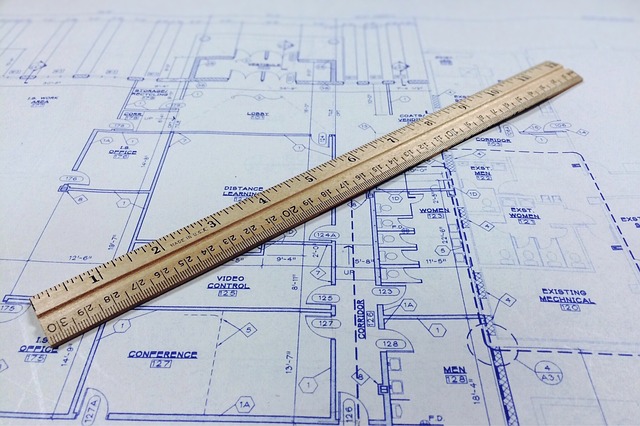Church planting in North America in the twenty-first century will take place amid two massive demographic trends: first, the numerical and cultural dominance of large urban centers, and second, the diversifying and browning of the population. Evangelical Christians must face both of these realities, continuing urbanization and rapid ethnic diversification. Over 85% of Americans live in cities today. With both immigration and intermarriage increasing, our total ethnic population now numbers over 100 million. The nation’s streets teem with over 500 ethnicgroups speaking more than 630 languages and dialects (Romo 1993, 44)). A recent Newsweek analysis states, “We are now living in an Age of Color in which the nuances of brown and yellow and red are as important … [as] the ancient divisions of black and white” (Meachum 2000, 39). Multiculturalism in America is now an established fact.
Consequently, in this century the United States will need a variety of multicultural interracial churches. Missiologist Charles Chaney observes, “America will not be won to Christ by establishing more churches like the majority of those we now have” (NAMB 1996, 6). In an increasingly multicultural and urban society at least four types of people do not fit into traditional homogenous churches: interracial couples and families; ethnic people who prefer speaking English; urbanites who “appreciate living, working and ministering in the midst of ethnic diversity” and Generation-Xers who often despise racial separatism (Ibid., 6-7). It will take new multicultural churches to reach these groups. In the past homogeneous churches have been seen as the most productive but in the present social milieu that is changing. Now residents of highly educated, high income, racially mixed communities are often attracted to interethnic heterogeneous churches. So are many second, third and fourth generation immigrants as well as those living in ethnically changing urban neighborhoods.






